Attacks on distribution of humanitarian aid and on evacuation convoys
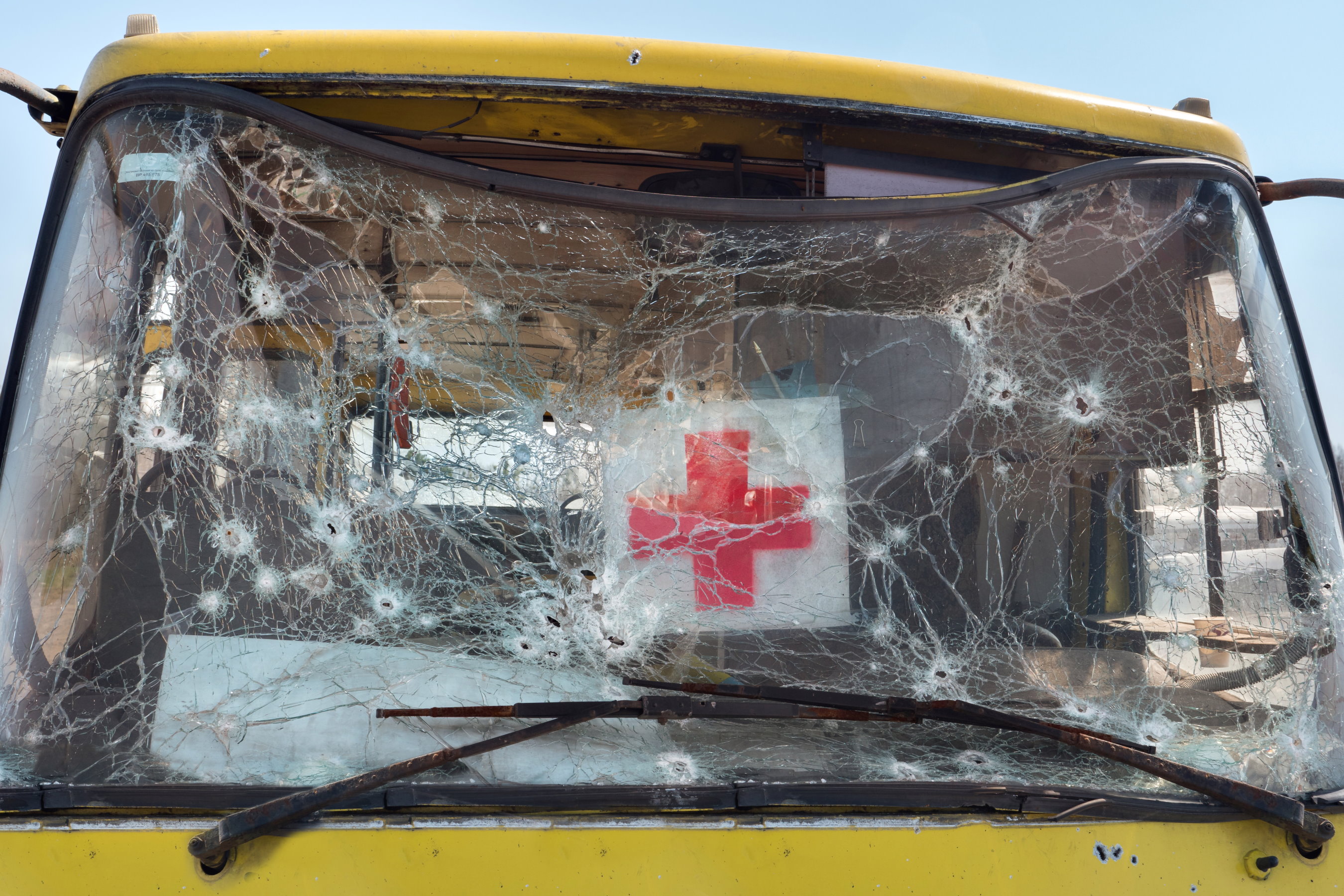
During the first six months of Russia’s all-out war against Ukraine (24 February-29 August 2022), the T4P Initiative documented 42 violations committed during 29 events that displayed features of war crimes defined by the Rome Statute:
- Intentionally directing attacks against personnel, installations, material, units or vehicles involved in humanitarian assistance or a humanitarian corridor [Article 8: 2 (b) iii]
- Intentionally using starvation of civilians as a method of warfare by depriving them of food and drinking water [Article 8: 2 (b) xxv]
The 29 events were Russian actions to thwart attempts to provide humanitarian aid to civilians in Ukraine and to enable them to leave areas that were dangerous or faced by shortages of basic necessities: there were 14 attacks on warehouses of humanitarian aid; 8 attacks on civilian evacuation convoys; 4 incidents where civilians were prevented from leaving dangerous areas; and 3 seizures of humanitarian aid and transport.
As a result, 38 civilians died, 64 were wounded, and 38 buildings or means of transport were damaged, destroyed or seized.
Most fatalities occurred when evacuation convoys were shelled (14) or those waiting in line for humanitarian aid came under fire (12). We recorded six incidents when many civilians died: three when an evacuation convoy was shelled, two when an aid distribution centre was targeted, and one when Russia’s armed forces prevented civilians from leaving a dangerous area. The largest number killed in a single incident was eight.
Among the buildings or means of transport to be damaged, destroyed or seized were 12 evacuation buses, 11 motor vehicles carrying humanitarian aid, five aid distribution centres, five private automobiles in which civilians were trying to escape from dangerous areas, three trailers and two warehouses containing humanitarian aid.
The largest number of events (8 in each) took place in the Kharkiv and Zaporizhzhia Regions; there were five events in the Donetsk and four in the Luhansk Regions; three in the Chernigiv Region and one in the Kherson Region.
Individual incidents
The shelling of an aid distribution centre in Kharkiv city
On 24 March 2022, about 1 pm Russian soldiers fired Uragan missiles loaded with fragmentation bombs at the New Post Office on Academician Pavlov Street, which was being used as an aid distribution centre. The shells struck people standing in line, killing 8 and injuring 15.
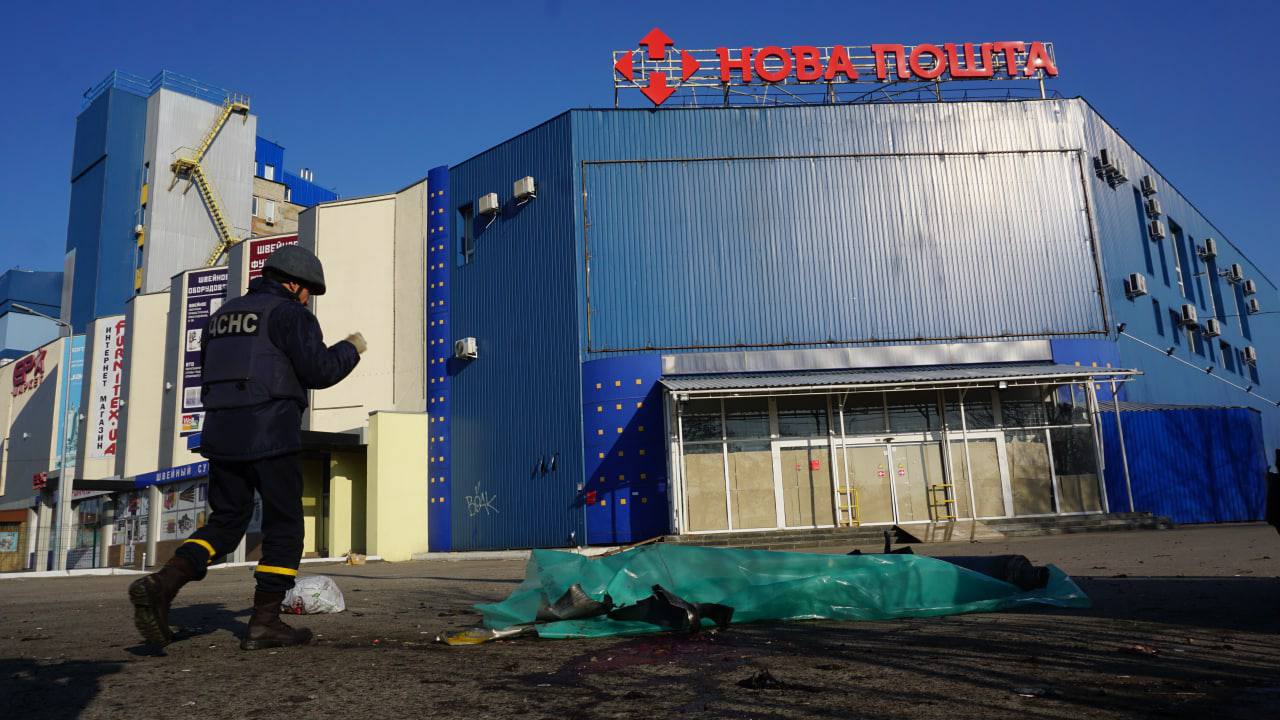
The seizure of a humanitarian convoy approaching Kharkiv city
On 20 March 2022, Russian soldiers seized a humanitarian convoy on the approach to Kharkiv. Seven people, 6 drivers and a doctor, were taken hostage. On 21 March, all of them were returned to Ukrainian-controlled territory.
Shelling of an evacuation convoy in the Borova settlement
On 14 April 2022, Russian soldiers shelled buses in the Borova settlement (Izyum district, Kharkiv Region) which were evacuating civilians. Seven were killed and 27 were wounded.
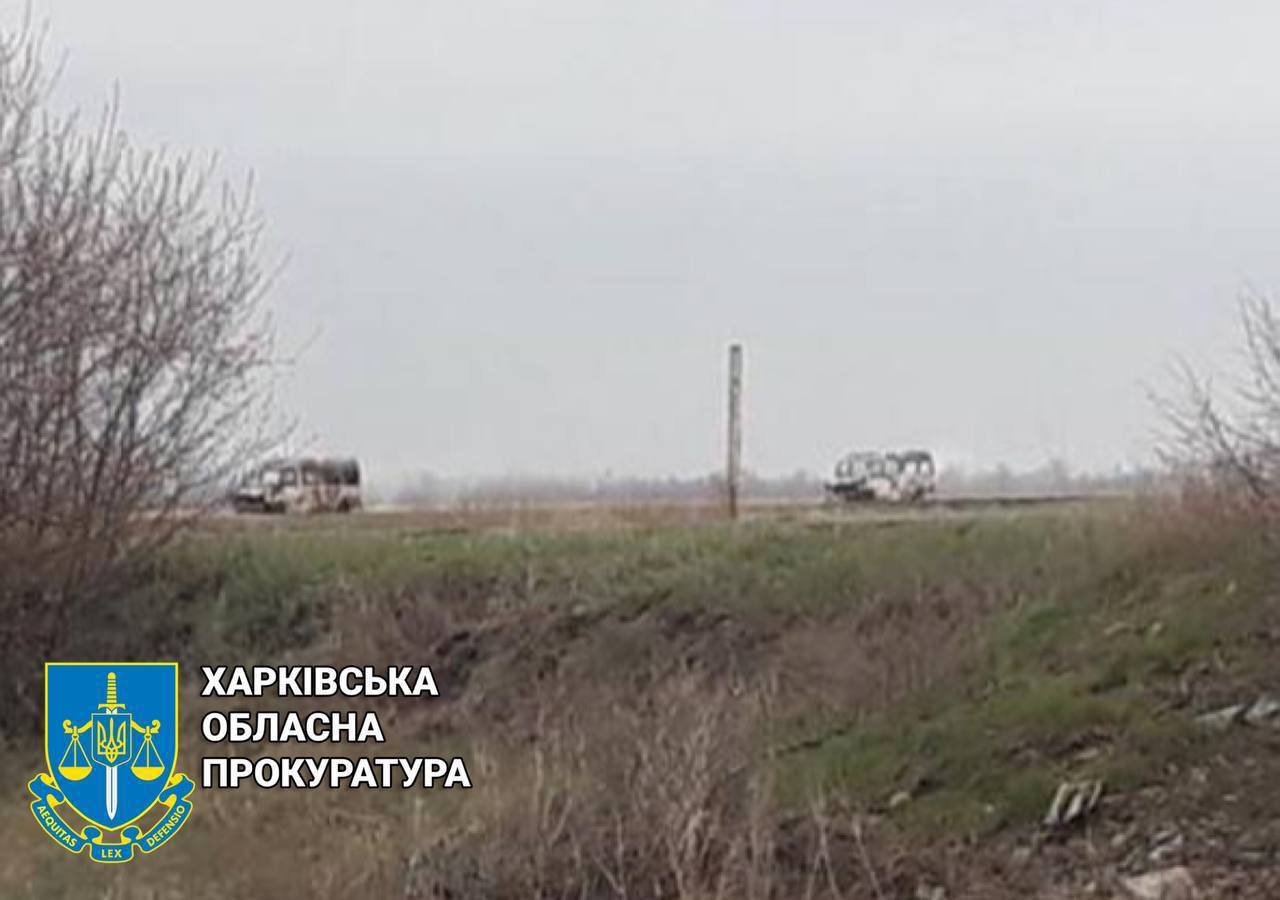
Shelling of motor vehicles transporting humanitarian aid to Enkiv village
On 30 March 2022, Russian soldiers shelled a column of five vehicles manned by volunteers taking humanitarian aid to Enkiv village (Chernigiv Region). Two mines landed next to the vehicles near which people were standing. As a result, three volunteers died and four were wounded.
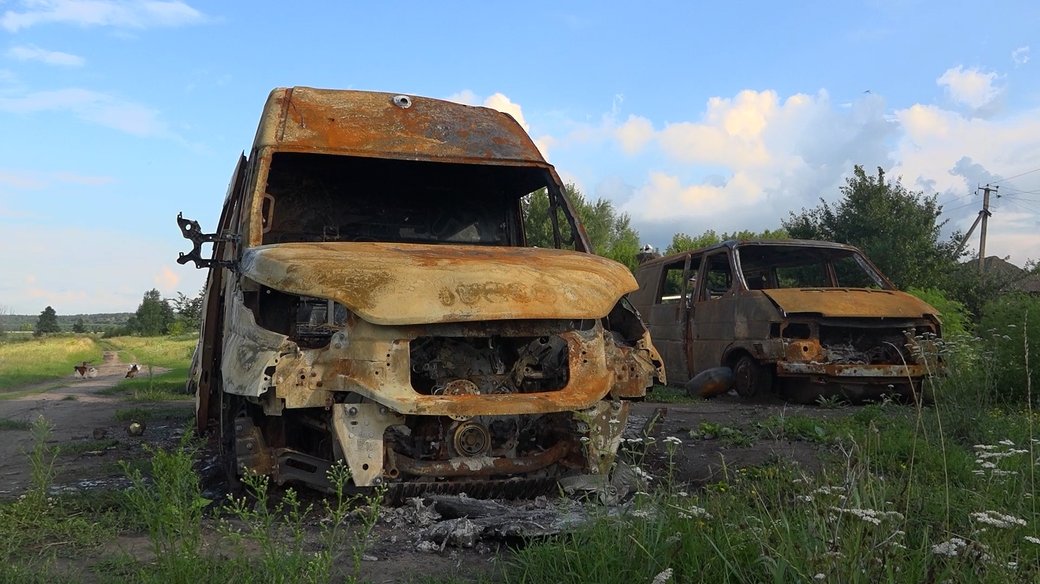
Russian soldiers also systematically blocked attempts by civilians to leave dangerous areas or those where there are shortages of basic necessities. This behaviour and the seizure of humanitarian aid and transport deserve separate mention.
In settlements directly affected by military operations there was a lack of basic necessities – food, medicine, heating, gas, water and mobile phone communications. The situation was worsened by the unwillingness of the Russian side to open corridors, permitting evacuation to territory under Ukrainian control and enabling Ukrainian volunteers and international humanitarian missions to bring aid into such endangered areas. The few agreements that were reached were sabotaged and aid was seized.
The seizure of aid and evacuation buses in Melitopol
On 1 April 2022, Russian soldiers seized 14 tons of humanitarian aid in the occupied city of Melitopol (Zaporizhzhia Region) and the buses on which it was planned to evacuate the city’s civilian population.
Evacuation of Berdiansk inhabitants prohibited
On 3 May 2022, Russian soldiers forbade evacuation buses to take city residents who wanted to leave Berdiansk (Donetsk Region).
Humanitarian convoy blocked and aid seized in the Zaporizhzhia Region
On 15 May 2022, a humanitarian convoy carrying aid to several towns and cities was stopped by Russian soldiers in Vassylivka and detained there for a long time. It was allowed to reach Enerhodar after significant delays but was prevented from travelling on to Tokmak and Polohi as planned.
The convoy was forced to turn back. At every road-block Russian soldiers seized food, clothes and toiletries from among the convoy’s supplies. It could not cross the river near the Kamenskoe settlement because the bridge had been destroyed by Russian artillery.
Civilians held back at the Vassylivka road-block
In August 2022, Russian soldiers at the road-block in Vassylivka (Zaporizhzhia Region) prevented civilian automobiles from reaching Ukrainian-controlled territory. People had to wait in hot summer temperatures without food or access to the hospital or emergency services. As a result, ten people died. Within a few days the tailback amounted to 1,200 vehicles.
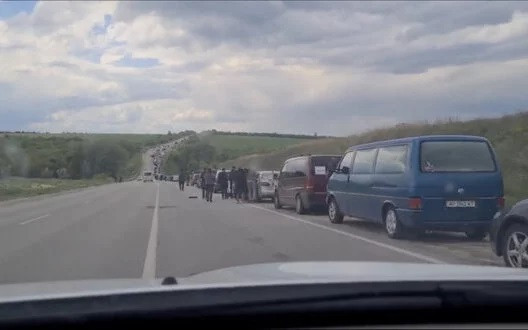
Conclusions
Russia’s armed forces have systematically obstructed the delivery of humanitarian aid and attempts by the Ukrainian authorities or the country’s civilians to evacuate from dangerous areas and those that are facing shortages of basic necessities; at the same time Russia’s soldiers have seized the aid and the transport sent to evacuate civilians.
The systematic nature of such actions on occupied and frontline territories indicates that commanding officers issued an order to cause such obstruction. Actions of this kind not only violate international humanitarian law but also human rights and basic liberties; these actions exacerbate an already difficult humanitarian situation and greatly increase the threats to the life and health of Ukraine’s civilians. These actions were also implemented, perhaps, in order to terrorise the local population of the occupied territories and enforce their Russification.
Russian soldiers have regularly attacked bases for the distribution of humanitarian aid and transport intended for evacuation of civilians, rendering the delivery of aid to villages and towns in frontline areas and attempts to evacuate civilians from the occupied territories extremely dangerous. As a result, civilians live in an atmosphere of fear and hopelessness that causes them considerable psychological distress.